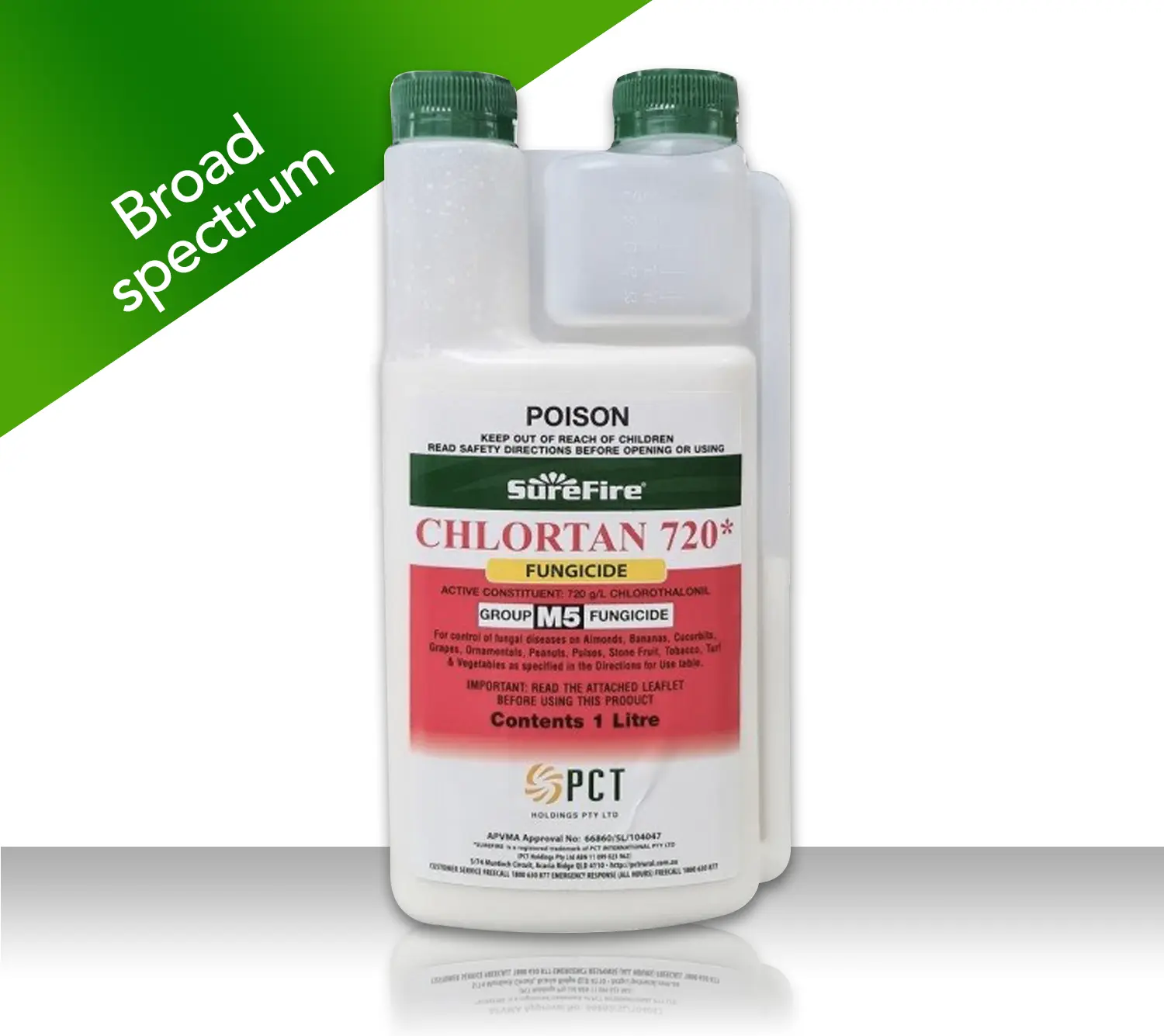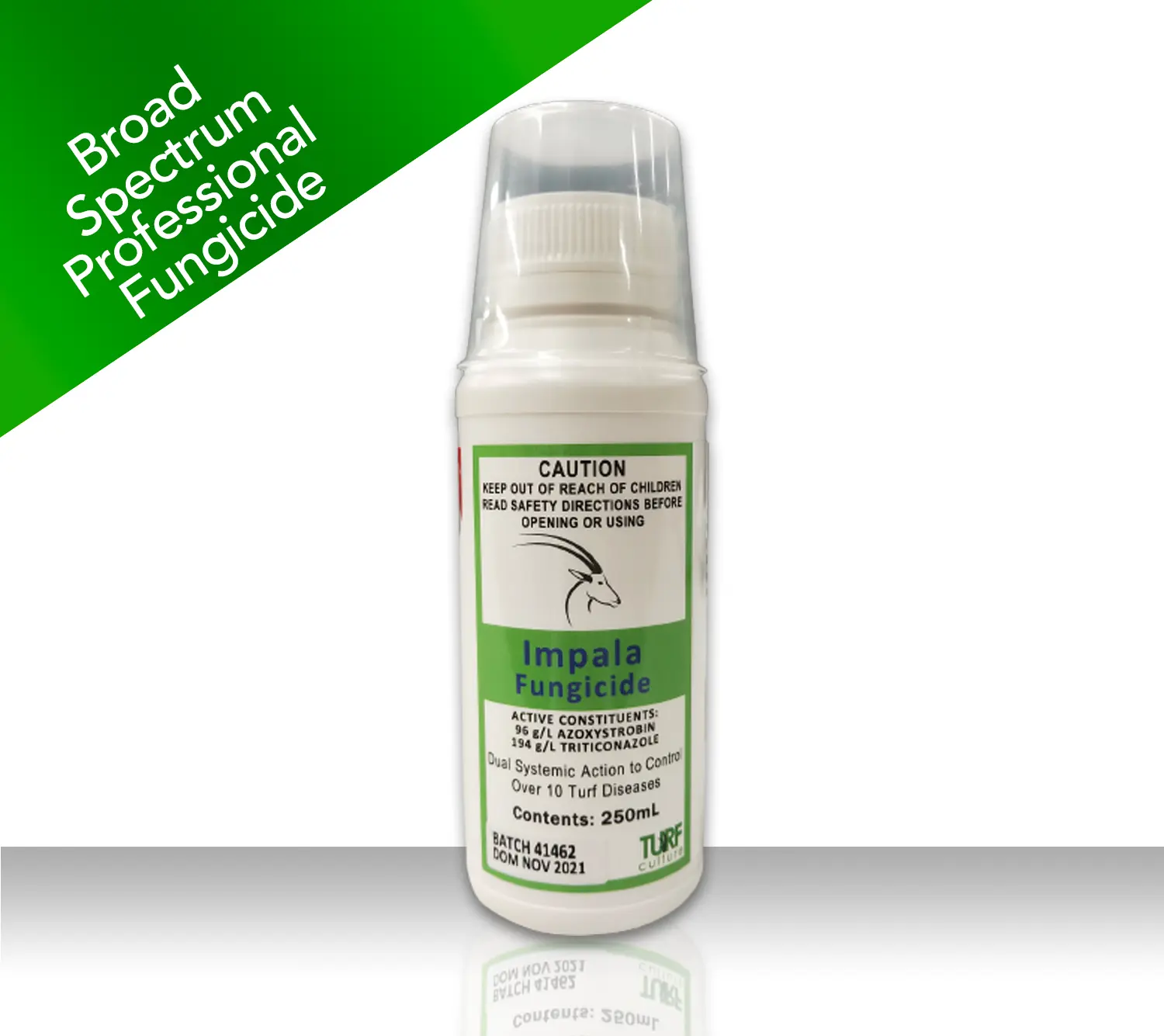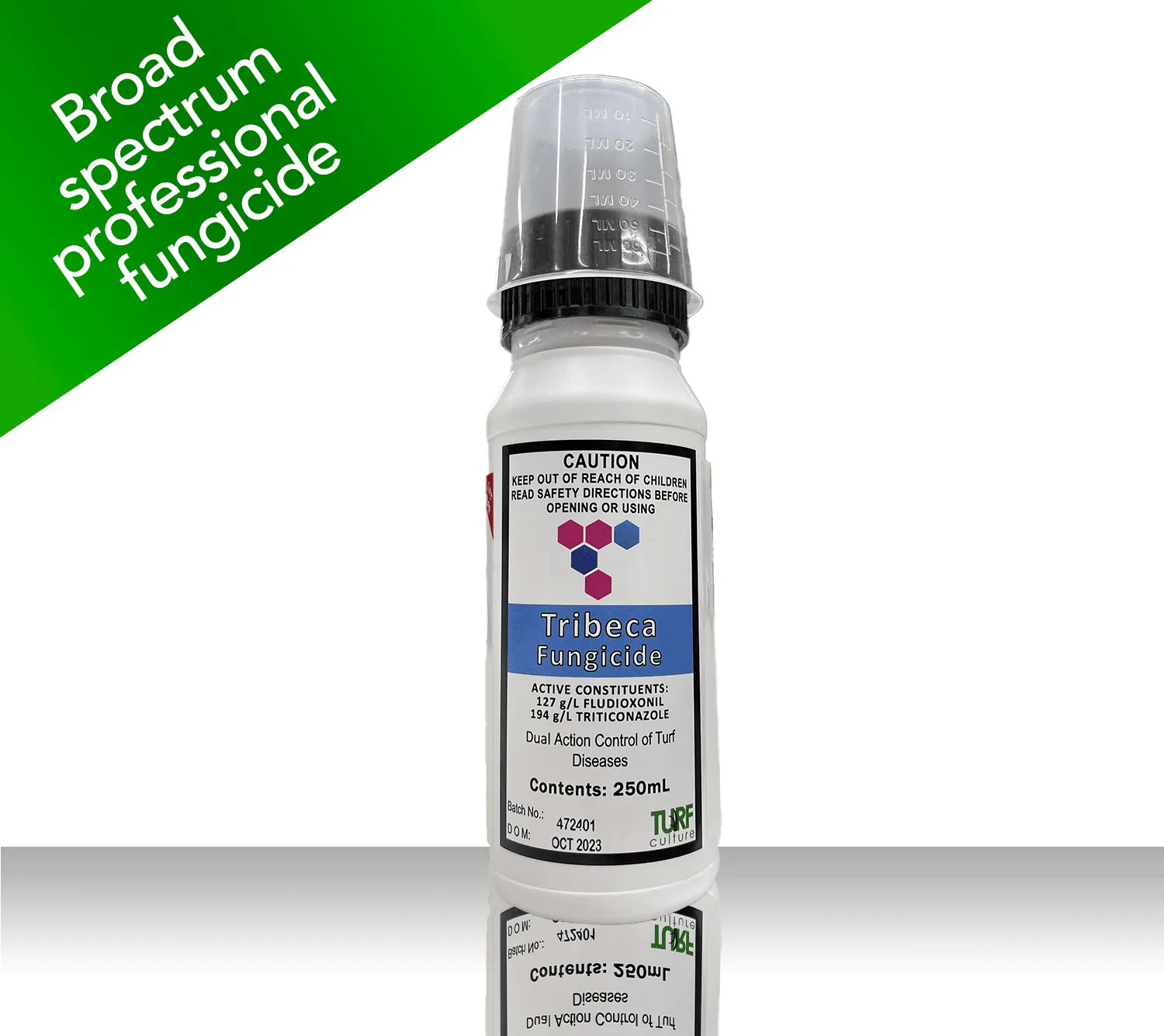Leaf spot diseases can be a nightmare for lawn enthusiasts, spreading rapidly and creating unsightly patches if not handled promptly. Common pathogens like Helminthosporium, Drechslera, Bipolaris, Dollar Spot, and Gray Leaf Spot are often responsible for these spots, each causing unique symptoms and potential damage. This guide will cover these diseases, how to spot them, and the best treatments to keep your lawn lush and green.
Understanding Helminthosporium, Drechslera, Bipolaris, Dollar Spot, and Gray Leaf Spot
These fungal pathogens target grass leaves, often presenting similar symptoms, but with differences in environmental preferences and severity.
- Helminthosporium – Helminthosporium (Helmo) causes leaf spots and blight, particularly in humid, shaded areas with poor air circulation and heavy thatch.
- Drechslera – This fungus causes small, dark spots in grasses, flourishing in humid conditions, especially in lawns with poor drainage and excess thatch.
- Bipolaris – More aggressive than the others, Bipolaris affects both cool- and warm-season grasses. It causes significant leaf and stem decay during prolonged humidity.
- Dollar Spot – Recognizable by small, circular patches of dead grass about the size of an American silver dollar (or Australian 50c coin), this fungus favours warm, humid conditions with high dew levels. It typically occurs in nutrient-deficient lawns, especially those low in nitrogen. It is generally seen in Spring in and Autmn due to environmental conditions.
- Grey Leaf Spot – This fungus mainly affects Buffalo grass but can target other varieties. It thrives in warm, wet weather and causes brownish-gray lesions with a yellow halo, which can quickly spread, leading to thin, weakened turf. A lot more common on heavily fertilised lawns.
Recognising Disease Levels and When to Treat
A Lawn disease causes infection but when does it reach a threshold to reach for a fungicide?
Stage 1: Early Spots – Monitor and Wait
At this stage, small, isolated spots appear on grass blades, indicating early infection. The spots are close to the top and as the lawn grows they are removed. Treatment is usually unnecessary, but close monitoring is key.
- Action: Maintain good lawn hygiene by reducing evening watering, mowing regularly, and removing clippings to improve airflow. Review above to see if more fertiliser will help resolve symptoms or make them worse.
Level 2: Spots Coalescing and Causing Leaf Death – Consider Treatment
When spots merge, forming small amounts of leaf death, the disease is progressing. At this point it is important to consider a fungicide treatment. If the conditions causing the disease like humidity and rainfall are likely to continue then treatment is advised.
- Action: Review future weather patterns and purchase a fungicide to have ready for treatment if required.
Level 3: Severe Infection, Attacking Lower Grass Parts – Immediate Treatment Required
At this advanced stage, the disease impacts leaf bases and stems, causing large patches of dying grass. Immediate action is essential.
- Action: Use a systemic fungicide with active ingredients like propiconazole, myclobutanil, or fludioxonil for deep protection.
Effective Fungicide Treatments for Leaf Spot Diseases
Common fungicides for leaf spot can be broken down into 2 main types, contact and systemic. Contact and systemic fungicides work differently to control lawn diseases.
Contact fungicides like mancozeb and chlortan act on the surface of plant leaves, creating a protective barrier where they land but do not penetrate the plant. They are effective only where applied, and new growth or missed areas remain unprotected.
- Chlortan – Containing chlorothalonil, Chlortan forms a protective barrier on leaf surfaces, helpful in early stages and effective in preventing disease spread.
Systemic fungicides, on the other hand, are absorbed by the plant and can move either upward or downward through its tissues (sometimes both), providing internal protection. This allows systemics to protect new growth and makes them more resilient to environmental conditions, as they stay active within the plant longer.
- Impala Fungicide – A broad-spectrum fungicide, effective at controlling various leaf diseases. Impala disrupts fungal cell division, ideal for active infections.
Application Tips
- Read and understand the label
- Coverage: Ensure even application, particularly on infected areas.
- Reapplication: For severe cases, reapply within 10–14 days for thorough control.
Preventive Practices for Long-Term Lawn Health
While fungicides are effective, combining them with good lawn care practices helps prevent future issues:
- Water Wisely: Water deeply but infrequently, ideally in the early morning to minimise prolonged leaf wetness.
- Mow Regularly: Regular mowing promotes airflow and reduces thatch, which fungi thrive on.
- Soil Health: Aerate and fertilise to keep soil balanced and enhance the lawn’s natural defenses, particularly with nitrogen to prevent Dollar Spot.
Leaf Spot Summary
Leaf spot diseases like Helminthosporium, Drechslera, Bipolaris, Dollar Spot, and Gray Leaf Spot don’t have to ruin your lawn. By understanding disease severity, using targeted treatments like Impala and Chlortan, and practicing good lawn care, you can stop these fungal foes in their tracks and enjoy a beautiful, healthy lawn year-round.


